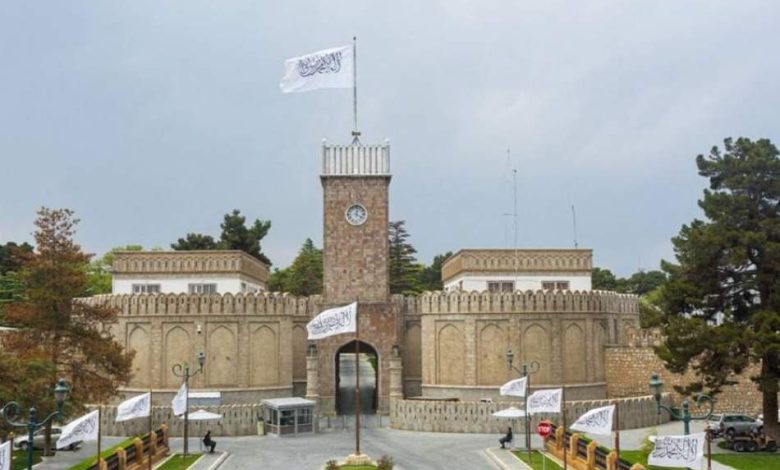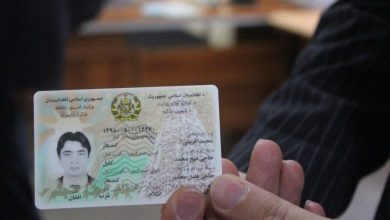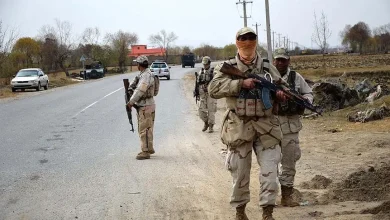Taliban Prioritize Domestic Investment Amid Economic Isolation

Mawlawi Noorul Haq Anwar, the head of the Taliban’s Administrative Office, emphasized the group’s commitment to relying on domestic resources during a graduation ceremony for employees from several Taliban-run institutions. He described this as a key policy of the Islamic Emirate, stating that the administration believes in utilizing internal capacities and adopting a public-private partnership model.
These comments come against the backdrop of Afghanistan’s deteriorating economic situation following the Taliban’s return to power. The sharp decline in international aid, closure of foreign diplomatic missions, and tightening sanctions have severely curtailed access to foreign financial resources.
Anwar claimed that the Taliban administration has enhanced its institutional capacity, which has led to increased confidence among its staff. However, observers and experts remain skeptical of the effectiveness of these institutions, citing a lack of transparency, absence of accountability structures, and centralized decision-making.
In a separate speech, Mawlawi Ahmad Khalid Zia, head of the Taliban’s Investment Facilitation Unit, stated that over the past four years, more than 15 billion Afghanis have been invested in 25 projects across several provinces through a public-private partnership model.
He said 14 of these projects have been completed and 11 others have been submitted to the Taliban leadership for approval. However, decisions on critical projects are often routed through unaccountable, self-appointed bodies rather than transparent processes.
Zia also revealed that 65 additional projects worth 20 billion Afghanis are currently under preliminary review, with plans for implementation next year. Despite these announcements, details about the projects, including their locations, partners, and procurement procedures, have not been made public.
Concerns persist as the Taliban continues to tout such initiatives as achievements, while the lack of transparency in resource allocation and absence of oversight by independent bodies have cast doubt on the credibility of these claims.
At the conclusion of the event, which marked the graduation of 43 employees from a one-month training program, participants received certificates. The ceremony was largely seen as symbolic, intended to reinforce the Taliban’s media messaging and to lend legitimacy to their un-elected governance structures.




